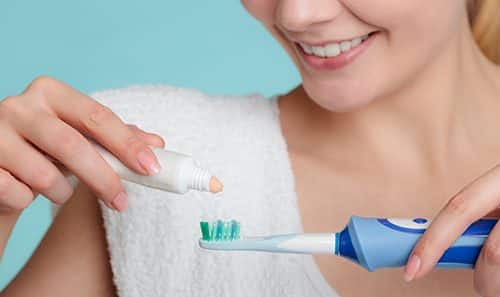
How to Choose the Best Mouthwash
As we all know, or should by now, the key to maintaining great oral health is…

At what age should my child have an orthodontic evaluation?
You may have noticed that kids seem to be getting braces and other orthodontic care a…

The Origins of Valentine’s Day
When we think of Valentine’s Day, we think of cards, flowers, and chocolates. We think of…

Tips for Handling and Avoiding Orthodontic Emergencies
The best way to avoid orthodontic emergencies is to know how to take care of your…

Tooth Extraction and Braces
Perhaps you’ve heard from parents or older relatives what braces used to be like years ago—obvious,…

What should I ask during my orthodontic consultation?
If you have been thinking about undergoing orthodontic treatment to straighten teeth or correct jaw alignment,…

There’s an App for That!
Modern orthodontic technology has led to major changes in the world of braces. Brackets are smaller…

Worst Candy for Braces
Most kids love candy; actually, most people in general love candy. So when it comes time…

Pick the right electric toothbrush!
The electronic toothbrush has undergone several technological advances since the 1960s. Everything from design and bristle…

How much do braces cost?
This is one of the most common questions that is asked at Crichigno Orthodontics and, unfortunately,…


